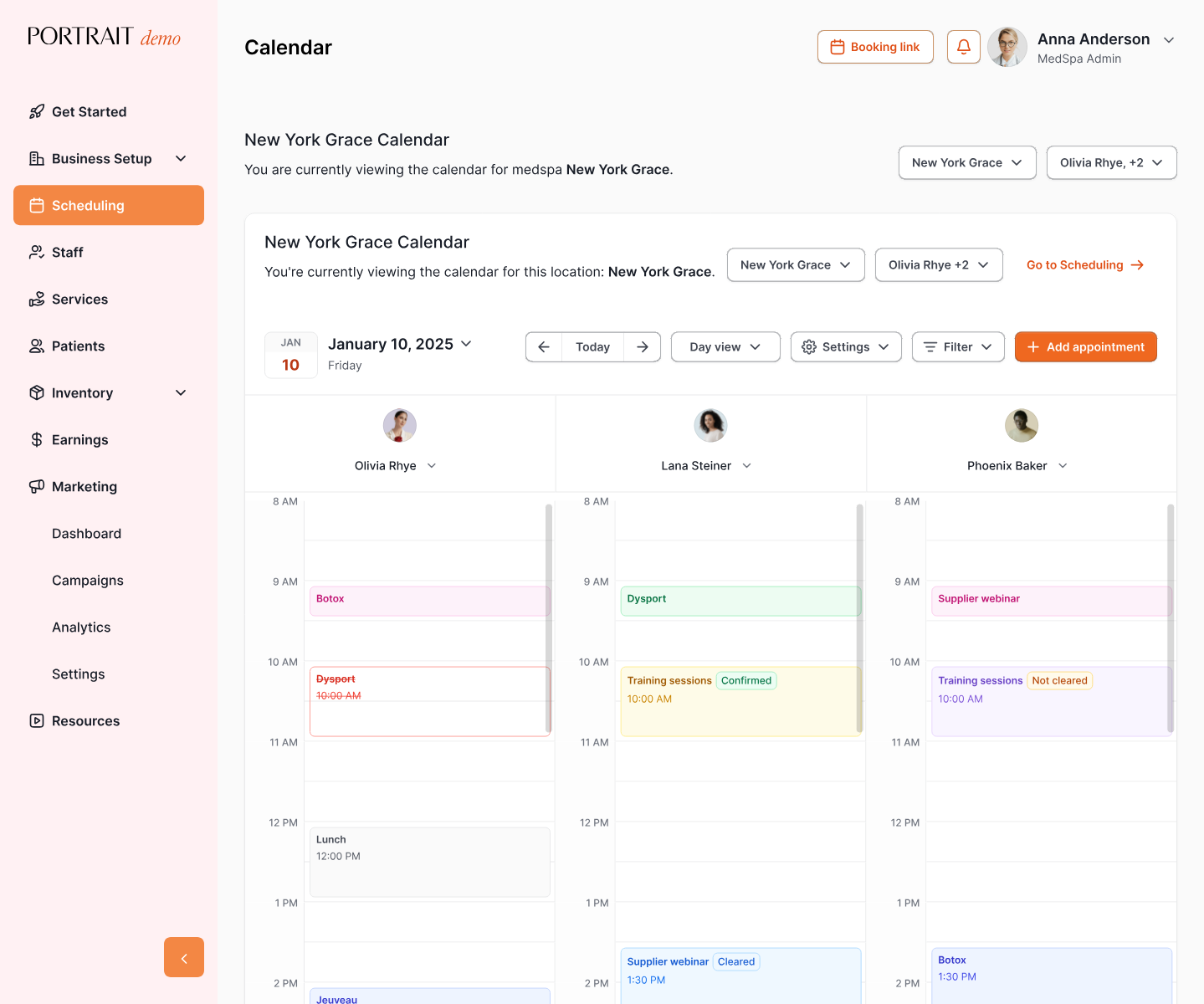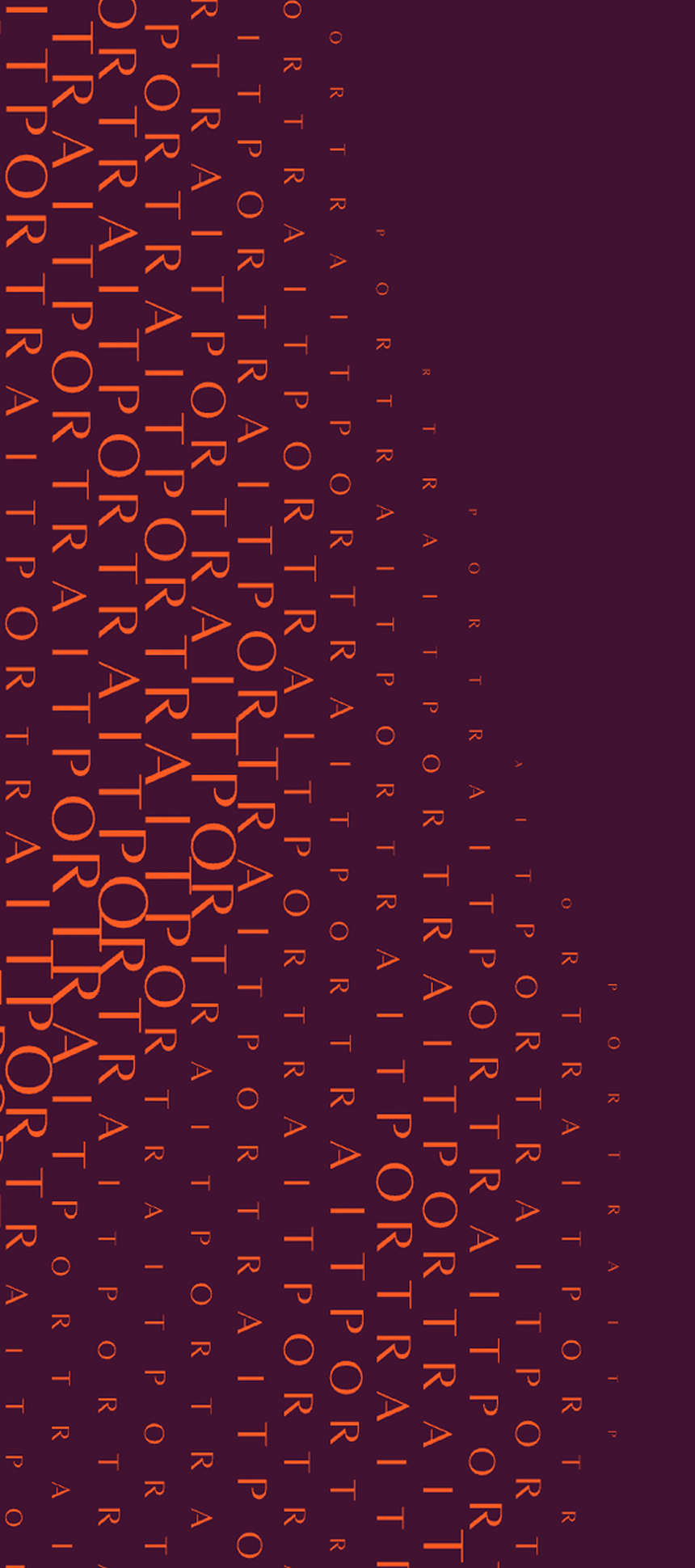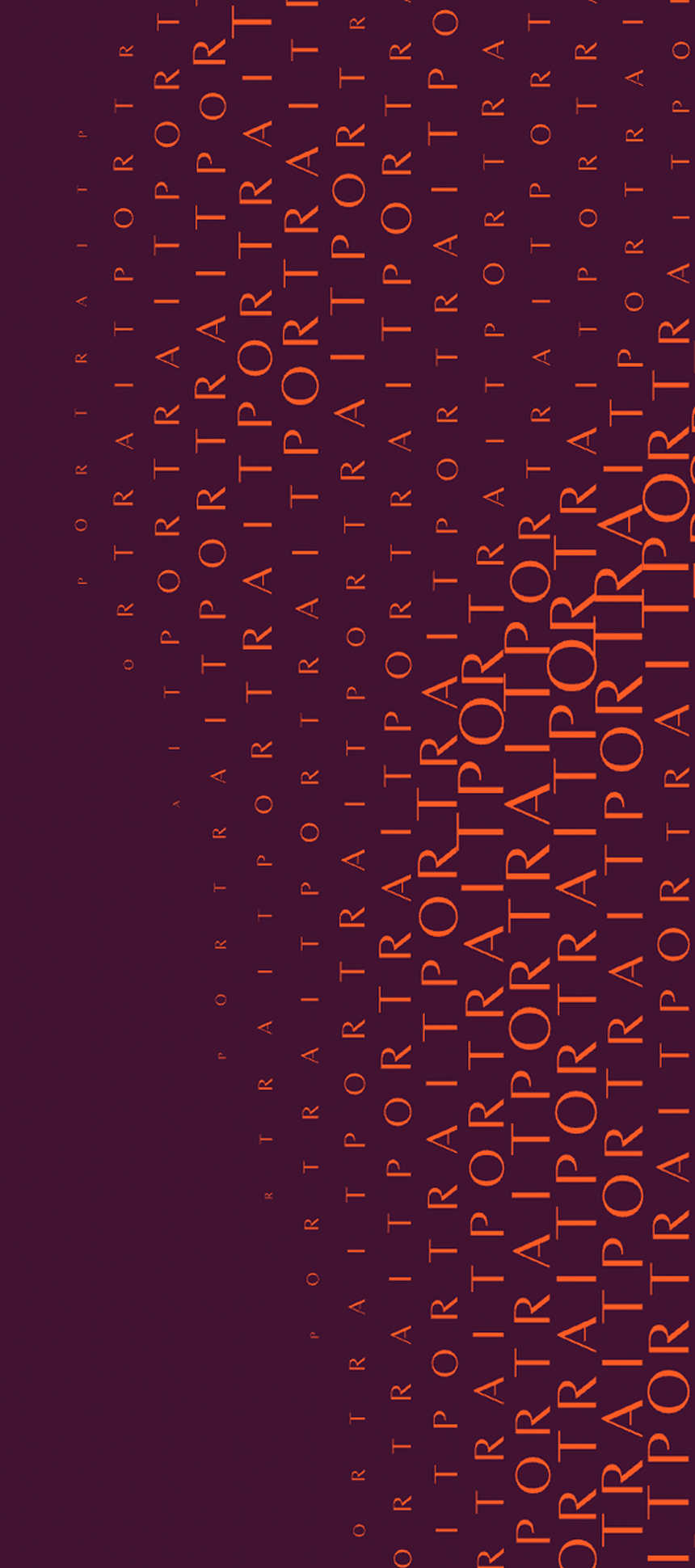EHR vs. EMR: The Difference Medical Spas Must Know

Empowering Professionals at Every Stage
Portrait offers strategic expertise to help you make informed decisions and achieve long-term success.
Book Intro CallDigital patient records have transformed healthcare operations, but EHR and EMR create confusion for clinic owners. While often used interchangeably, these systems serve different purposes. Hence, offering distinct advantages for growing medical wellness businesses.
For med spa owners, weight loss clinic operators, and aesthetic practice managers, choosing the wrong system can mean a few things. Compliance gaps, operational friction, and missed growth opportunities.
Understanding the difference between Electronic Medical Records (EMRs) and Electronic Health Records (EHRs) directly impacts your clinic's efficiency and patient experience. Your profitability is also at risk.
This guide breaks down EMR vs. EHR differences. We’ll explain why modern wellness clinics need EHR-level functionality and show how the right platform combines patient records with practice management tools.
What is an EMR?
An Electronic Medical Record (EMR) functions as the digital version of traditional paper charts within a single practice. EMRs store patient diagnoses, treatment histories, clinical notes, and lab test results for one healthcare organization.
Think of an EMR as an internal filing system. When a patient visits your dermatology practice for a chemical peel consultation, their visit notes, treatment plan, and follow-up instructions are stored in your clinic's EMR. The record stays there. It does not travel with the patient to their primary care doctor or specialist appointments.
EMRs excel at basic clinical documentation.It allows providers to track patient progress within their practice. You can identify which patients need follow-up treatments, monitoring after procedures or maintain accurate treatment history for insurance.
Information doesn’t transfer easily between providers. Sharing often requires printed records or manual data entry when patients see specialists. For medical wellness clinics that coordinate with labs, primary care physicians, or other healthcare providers, EMRs create data silos that hinder coordinated care.
What is an EHR?
Electronic Health Records (EHRs) represent comprehensive, patient-centered health records that span multiple providers and healthcare organizations. Unlike EMRs, EHRs are designed for interoperability. They share information seamlessly across the entire healthcare ecosystem.
An EHR follows the patient wherever they receive care. When your weight loss clinic patient sees their primary care doctor for blood work monitoring, both providers access the same comprehensive health record. Lab results, medication lists, treatment responses, and care plans update automatically across all authorized providers.
EHRs include clinical data plus broader health information. This includes social determinants, preventive care tracking, and patient portal access. They support coordinated care by connecting pharmacies, laboratories, specialists, and emergency facilities through secure data sharing.
For medical wellness clinics, EHRs enable better patient outcomes. Your patient’s medication interactions, allergies, and recent lab work remain visible, no matter where they received previous care. This comprehensive view supports safer treatments and more effective protocols.
EMR vs. EHR: Key Differences
Choosing between an EMR and an EHR isn’t just a terminology issue.it shapes how your clinic manages care, compliance, and growth.
Both systems digitize patient information. However, the scope, accessibility, and impact of each are very different. Understanding where they diverge helps you identify which capabilities are essential for your medical wellness practice.
Why EHR-Level Functionality Matters for Medical Wellness Clinics
Medical aesthetics, weight loss, IV therapy, and functional medicine practices face unique challenges that require EHR-level features. Patients rarely receive care from just one provider. They might see a primary care physician for lab monitoring, a specialist for an underlying condition, and your clinic for wellness treatments.
Take hormone replacement therapy as an example. A patient’s care plan involves regular lab work, coordination with their primary doctor, and close monitoring for potential interactions with other medications.
In an EMR system, this information stays siloed within your practice. It creates dangerous communication gaps that can compromise patient safety. We can’t have that happening.
EHR functionality solves this problem. It enables:
- Secure information sharing with external labs and providers
- Automatic updates when patients receive care elsewhere
- Complete medication histories to prevent dangerous interactions
This connected view not only improves patient safety but also demonstrates clinical excellence to referring providers.
Compliance is another driver. Modern medical wellness clinics must meet HIPAA standards, support data portability, and maintain detailed records for insurance and regulatory audits. EHR systems are built for this. They have audit trails, secure patient access, and standardized reporting baked in.
Operational efficiency is just as important. Unlike standalone EMRs, EHR systems integrate with scheduling, billing, inventory management, and CRM tools. That means fewer data silos, less duplicate entry, and a smoother experience for both staff and patients.
Choosing between EMRs and EHRs is just the start. Once you decide on the right functionality, selecting a platform purpose-built for medical spas and wellness clinics is key. Our guide to the 7 Best Medical Spa Software Systems (2025) shows how today’s top platforms compare and why Portrait Care leads with integrated EHR capability.
What are the Three Types of EHRs
1. Physician-Hosted EHRs
On-premises systems that give clinics complete control over data and infrastructure. They require significant IT resources and ongoing technical expertise. For most wellness clinics, the technical demands outweigh the benefits.
2. Vendor-Hosted EHRs
Cloud-based systems managed by third-party vendors. They handle server maintenance, security, and updates while clinics focus on patient care. This model offers scalability, reliability, and support, making it the most practical choice for growing wellness practices.
3. Remotely-Hosted EHRs
Systems operated through centralized databases managed by large healthcare networks. While they provide extensive interoperability, they often lack the customization and integration capabilities independent clinics need.
Choosing the Right Solution for Your Clinic
Ask yourself:
- Do I coordinate care with external providers?
- How important is patient portal access for engagement and retention?
- Do I want one system for both health records and business operations, or multiple separate tools?
For most medical wellness clinics, the answer points toward EHR systems that integrate clinical and operational functions. The improved patient safety, enhanced compliance, and operational efficiency justify the investment while supporting sustainable growth.
Portrait Care: A Comprehensive EHR Platform Built for Medical Wellness
Portrait Care delivers EHR functionality specifically designed for modern medical wellness clinics, combining comprehensive patient records with integrated practice management tools. Unlike generic healthcare software, Portrait Care understands the unique needs of med spas, weight loss clinics, aesthetic practices, and functional medicine providers.
The platform includes full EHR capabilities:
- Patient records that follow individuals across providers
- Secure information sharing with external labs and specialists
- Patient portal access for improved engagement.
These clinical features integrate seamlessly with scheduling, payment processing, CRM, inventory management, and compliance oversight.
More than just software, Portrait Care provides operational support. Medical oversight, marketing assistance, and purchasing power that delivers up to 60% savings on essential supplies create a comprehensive growth platform.
Make the Right Choice for Your Medical Wellness Practice with Portrait Care
The difference between EMRs and EHRs extends far beyond terminology. EMRs serve as digital filing cabinets within individual practices. EHRs create comprehensive, shareable health records that follow patients throughout their healthcare journey.
For medical wellness clinics focused on growth, compliance, and excellent patient care, EHR functionality provides clear advantages. The ability to coordinate with external providers, engage patients through secure portals, and maintain comprehensive treatment histories supports both clinical excellence and operational efficiency.
Modern wellness practices need more than basic record-keeping. They require platforms that combine clinical documentation with practice management, compliance oversight, and growth support. Portrait Care delivers this comprehensive approach, trusted by over 1,000 clinics nationwide.
Book a demo today to see how Portrait Care unites EHR functionality with practice management and supply savings, helping your clinic run smarter, grow faster, and stay compliant.
One Platform.
Everything You Need.
Everything You Need.
Portrait combines the technology, support, and savings to run and scale your modern medical wellness business.
Book Intro Call
Stay Connected with Portrait Care
Subscribe to our email list and receive the latest insights, updates, and exclusive content delivered straight to your inbox.



.png)
.png)
.png)